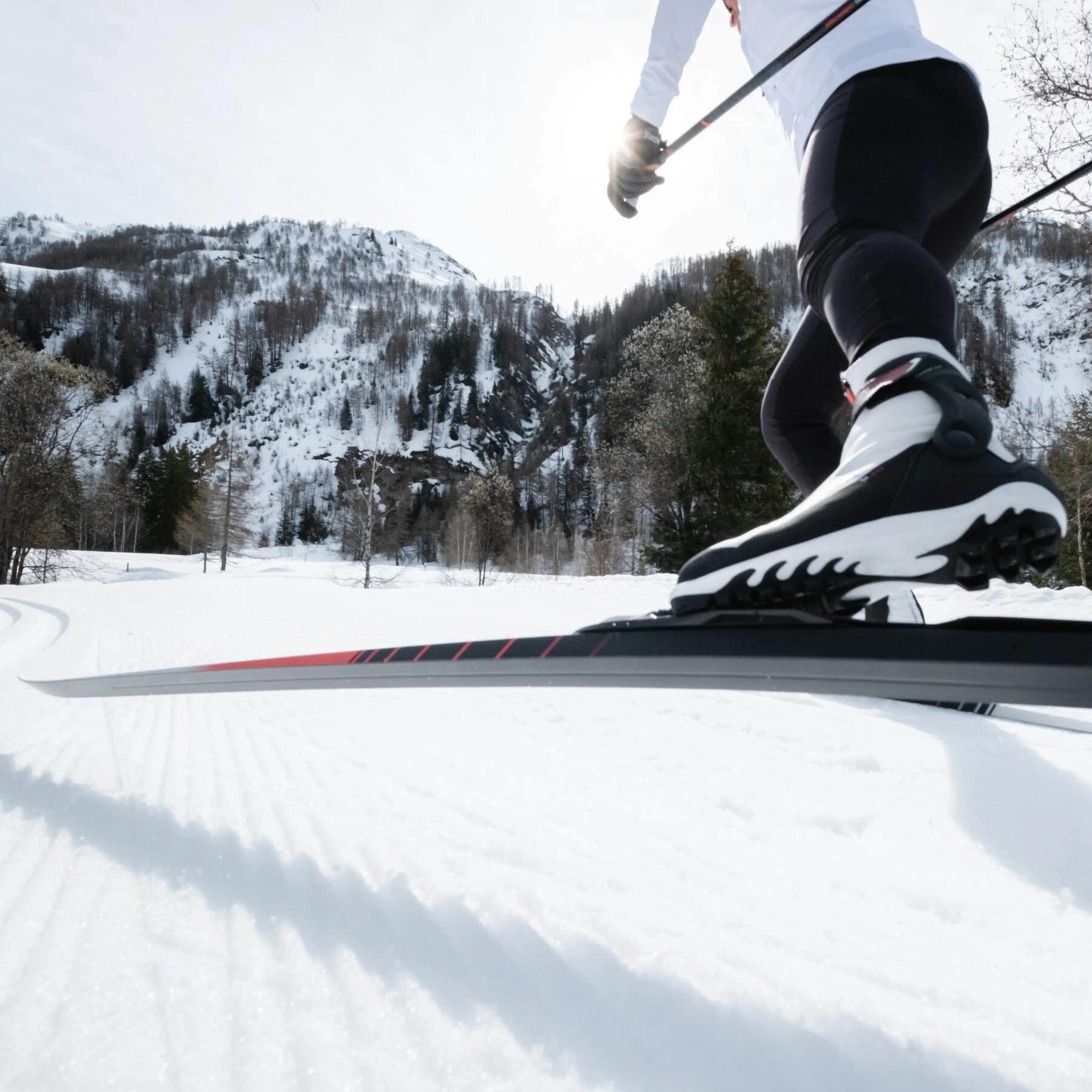Cross-country skiing or Nordic skiing?
Before getting to the heart of the topic, a brief little history: cross-country skiing is the oldest snow sport there is. And if you’ve already heard of Nordic skiing when talking about cross-country skiing, that’s actually normal! Cross-country skiing actually forms part of all of the disciplines related to Nordic skiing, where we also find the biathlon and Nordic skiing combined. With the name referring to the north of the globe, this is because Nordic skiing started in the Scandinavian countries more than 3,000 years ago. At the time, one would move around to hunt, explore or simply to travel. This practice was ultimately considered as a sport in its own right at the end of the 1800s, before gaining the popularity that it enjoys today in the form of publicised global competitions (such as the biathlon, for example).





